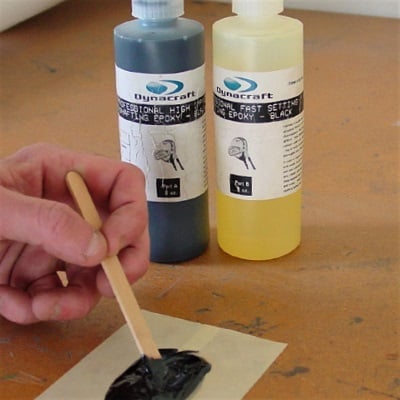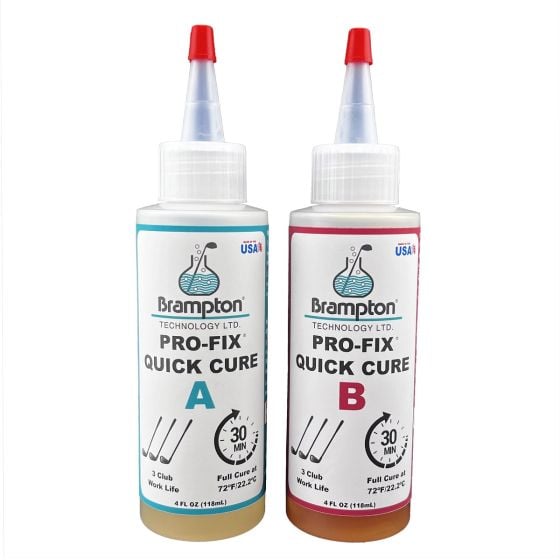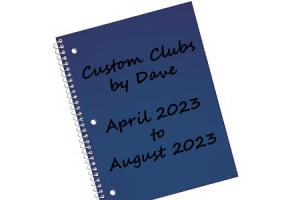
When you need the club now!
When it comes to epoxy, clubmakers have a choice between slow and fasting curing epoxies. Slow cure epoxy typically fully cures to safely hit a ball in 20 to 24 hours at a normal room temperature. On the other hand, fast curing epoxy can come to full cure in approximately 30 minutes.
Fast curing (or setting) epoxies have come a long way. Chemical manufacturers are able to produce higher shear strength, fast curing epoxies, which appeals to clubmakers as an effort to save time during the assembly process and to establish a rapid turnaround time for their customers in this day age.
What are the differences in golf shafting epoxy?
Slower curing epoxy is more elastic than a fast curing epoxy, thus are better for long term usage. The fast setting epoxies, due to their quick setting time, are more brittle and can have a higher failure rate if precautions are taken. For new clubmakers, we feel it is best to start with slow setting epoxy to avoid being rushed and having an epoxy failure. If you do decide to use fast setting epoxy, then mix enough for small batches. The pot life or time you have to work with the product is only going to be a minute. Have all your clubs staged and ready to epoxy. At best you will be able to epoxy 4 clubs in that time span.
The use of fast curing epoxy may appear to be a time saver but could end up costing you more time and potential embarrassment with customers if the epoxy bond were to fail. So, you need to weigh the risk. Most clubmaking shops will carry both types of epoxy and use in the appropriate situation.
Hireko carries two of the most popular fast setting or quick setting epoxies in the golf industry. Click the following link for tips on using golf shaft epoxy.
| Dynacraft Fast Setting Shafting Epoxy | Brampton Pro-Fix 5&15 Quick Cure Epoxy |
 |
 |





